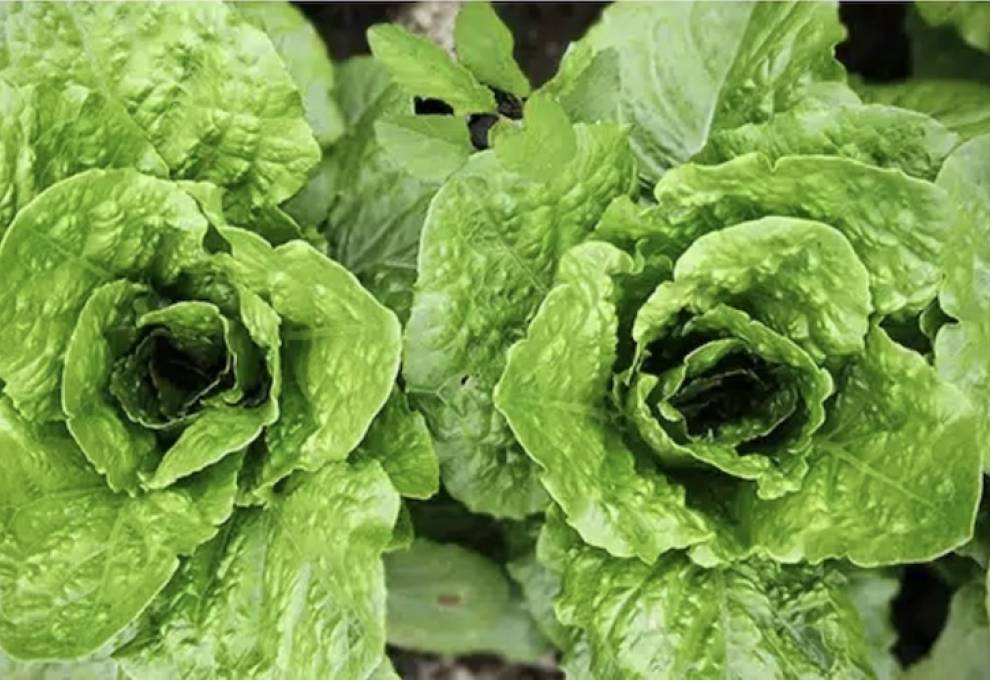
Beginning September 25, 2025, Canada will reintroduce temporary import requirements for romaine lettuce originating from the United States. These measures, which will remain in effect until December 17, 2025, are part of the Canadian Food Inspection Agency's (CFIA) ongoing efforts to mitigate the risk of E. coli O157:H7 contamination in imported leafy greens during the fall season.
The CFIA has implemented similar restrictions since 2019, specifically targeting romaine lettuce grown in California's Salinas Valley, namely, the counties of Santa Clara, Santa Cruz, Monterey, and San Benito. In 2020, the agency began requiring E. coli testing for romaine from this region, and the protocol will be enforced once again in Fall 2025.
During this period, importers of romaine lettuce and salad mixes containing romaine must provide either proof that the produce was not grown in the specified Salinas Valley counties or submit to a CFIA-approved sampling and testing process. If a proof of origin is not available, the shipment must comply with strict conditions, including an importer attestation confirming a Certificate of Analysis for each romaine-containing product. Testing must be conducted according to CFIA-approved protocols and must confirm the absence of E. coli O157:H7. All testing must be performed by laboratories accredited under the International Laboratory Accreditation Cooperation (ILAC) and compliant with ISO/IEC 17025:2017 standards.
Should a presumptive positive result occur, it will be treated as a confirmed positive unless a culture confirmation test on the original enrichment broth yields a negative result within 24 hours.
In addition to these temporary measures, existing import regulations for leafy greens remain in place. Romaine lettuce from California must be handled by certified members of the California Leafy Greens Marketing Agreement, while Arizona-grown lettuce must come from members of the Arizona Leafy Greens Marketing Agreement.
These enhanced safety protocols reflect CFIA's continued focus on food safety and its commitment to protecting public health during periods when the risk of contamination is historically higher. Source: USDA July 16, 2025 news release

